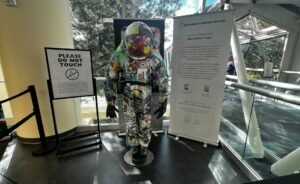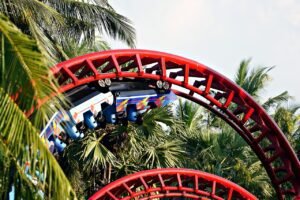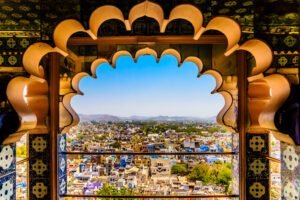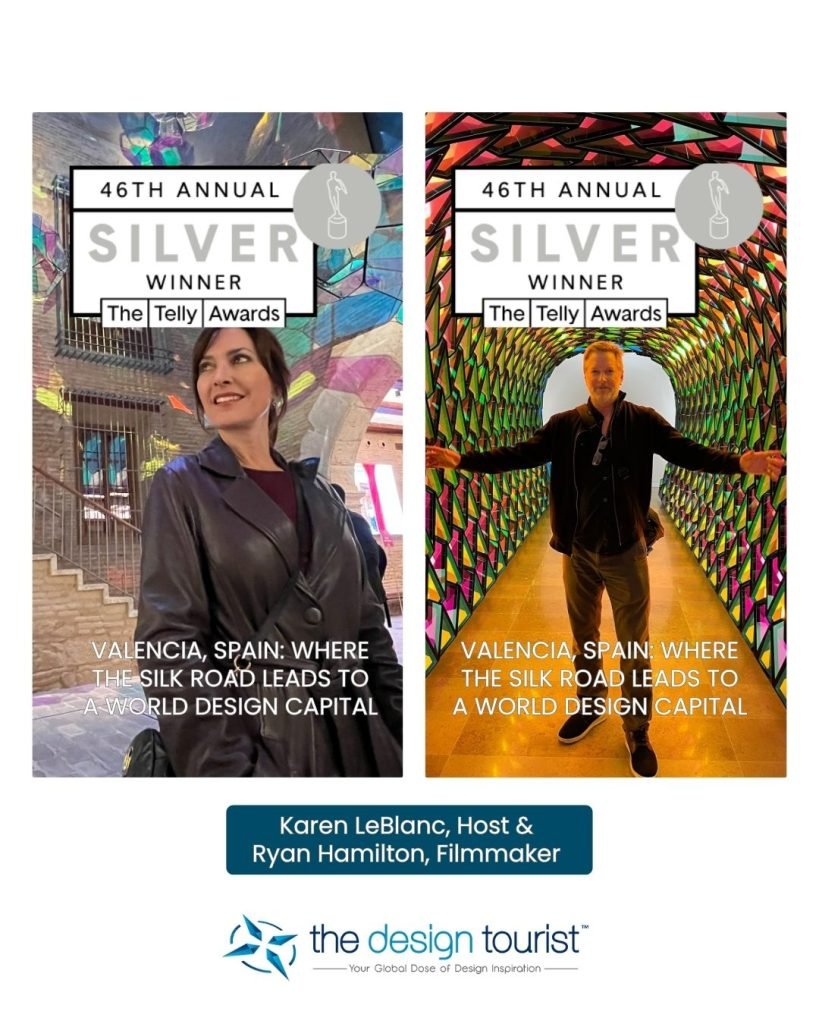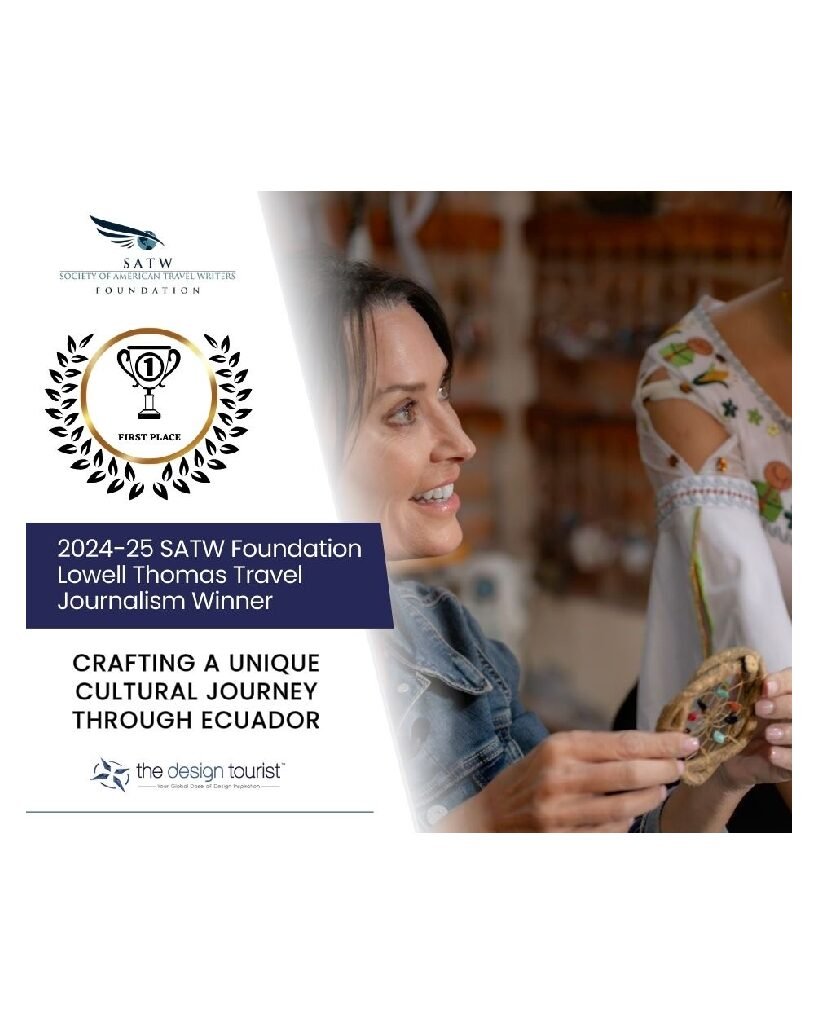Table of Contents
From my seventh-floor hotel window, I watch the evening sun glow on an expansive white exoskeleton collection of buildings known as the City of Arts and Sciences in Valencia. A blue and white clamshell structure juts into the skyline alongside a helmet-shaped building, all masterworks from the mind of Santiago Calatrava, Valencia’s Starchitect.
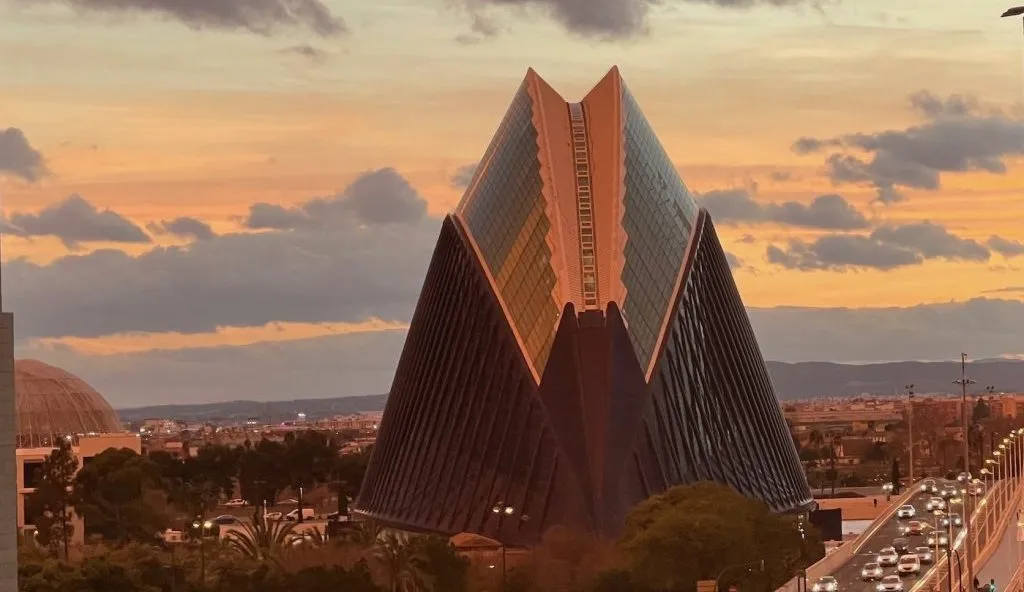
The scene could pass for a sci-fi movie set as it has for several futuristic films, including The Suicide Squad, Tomorrowland, Andor, and many TV shows, including Westworld and Doctor Who.
The Brilliance of Santiago Calatrava’s Designs
Santiago’s buildings are living organisms that move with the sun and shade, often as winged structures that appear to float and defy gravity. His work pushes the bounds of engineering into new possibilities, which is precisely the brilliance of this architectural mastermind.
The structures Santiago Calatrava built in his hometown are a must-see for architectural tourists. The City of Arts and Sciences puts Valencia on the global tourism radar; however, Calatrava’s imprint on the city’s infrastructure and skyline is evident throughout Valencia. The architect designed several bridges that span the Turia riverbed as sculptural landmarks.
I spent several days in Valencia, experiencing Calatrava’s structures up close. His structures emanate a gravitational pull, commanding you to stop, stare in awe, and ponder the engineering genius that created these structures.
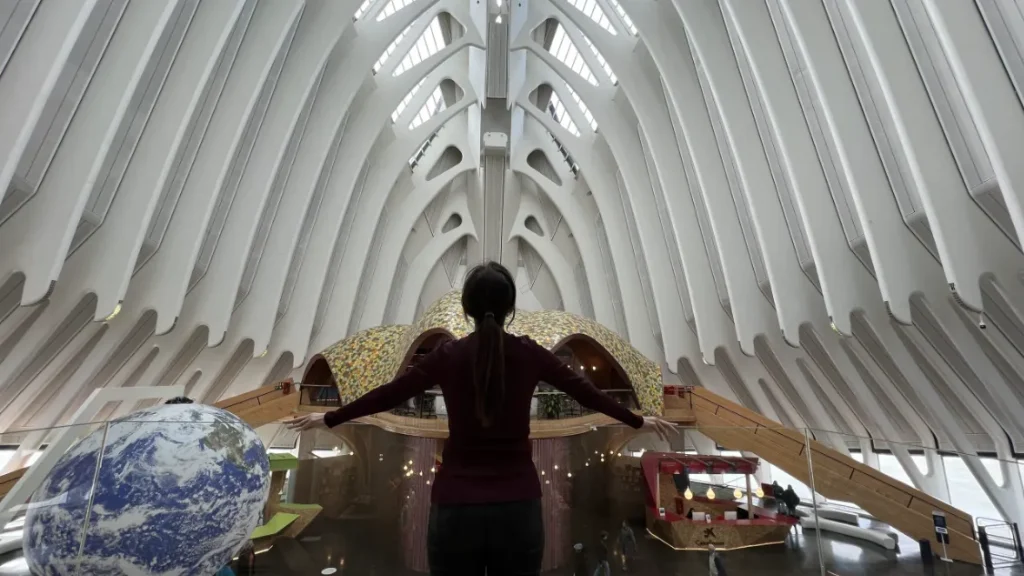
Cultural Impact of the City of Arts and Sciences
Calatrava draws inspiration from the mechanics and movements of nature, designing structures that explore relationships with the environment. These are the places where his ideas of moving roofs and winged pergolas take flight.
The architect’s buildings are instantly recognizable and obtain iconic status soon after construction.

The City of Arts and Sciences is Calatrava’s calling card. He built a cultural complex that serves as the soul of the city and a statement of Valencia’s progressive urban ideals, earning it the title of a World Design Capital.
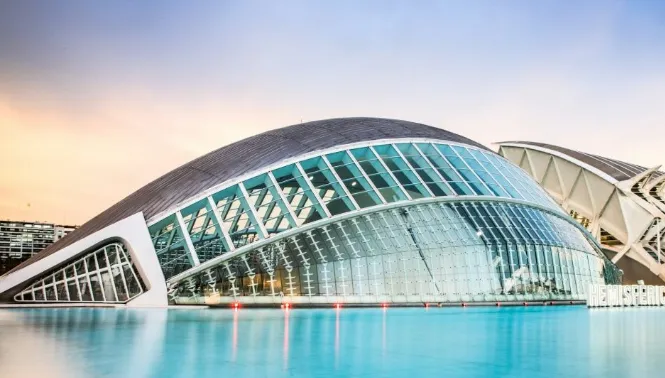
Iconic Structures and Sustainable Design of Santiago Calatrava
The City of Arts and Sciences complex comprises six structures. The Hemisfèric was the first building to open at the City of Arts and Sciences. It resembles an eyeball, with the hemispherical dome acting as the pupil and eyelids that open and close using hydraulic lifts to operate the steel and glass shutters. The Hemisfèric houses an IMAX theatre, planetarium, and laser.
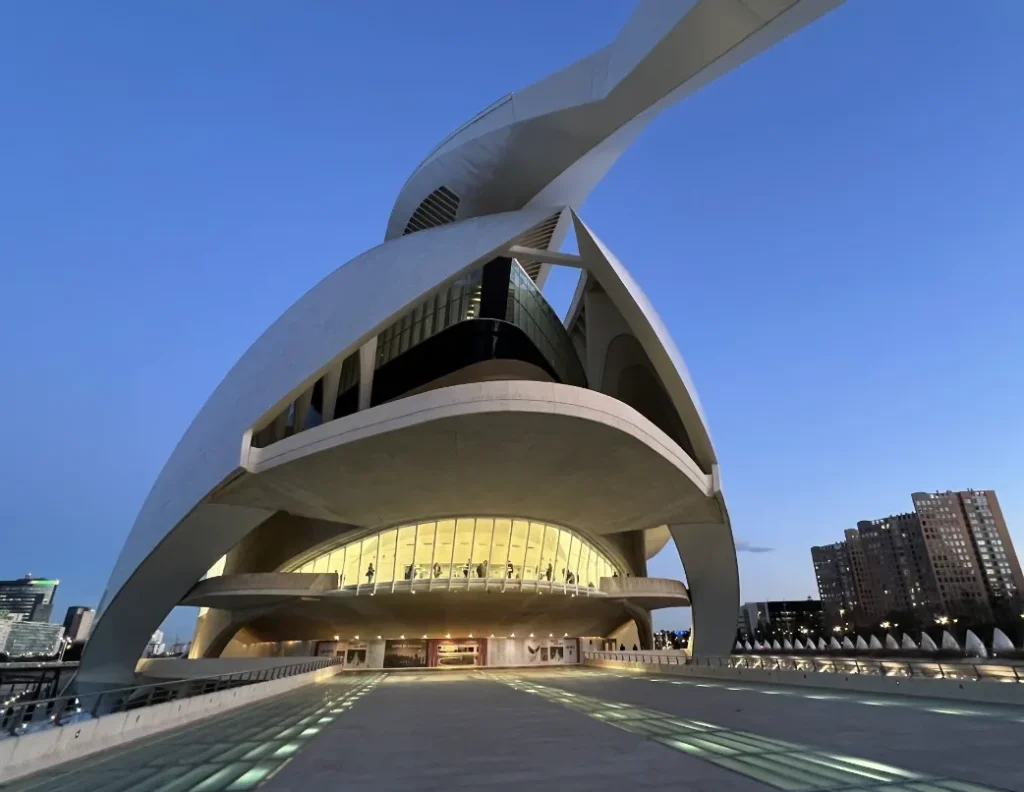
The Palau de les Arts stages performances and cultural events, punctuating the skyline with two symmetrical concrete shells clad in broken mosaic tiles. A large steel sheath extension crowns the structure, anchoring one side.
The Agora building, designed by Calatrava, houses CaixaForum, a cultural center designed by Catalan architect Enric Ruiz-Geli.
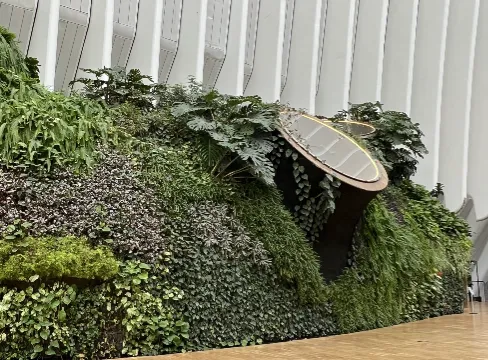
Inside the blue ceramic-clad shell, steel arches and a glass roof frame a series of cells, two exhibition halls, and an auditorium.
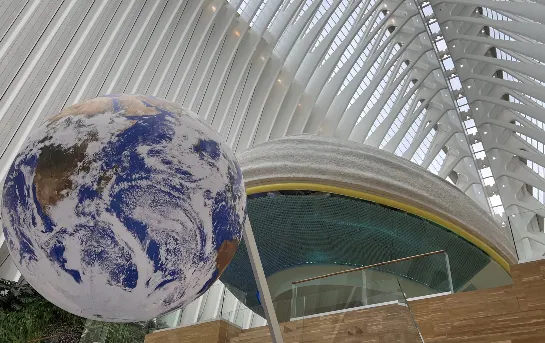
Sustainable materials, including cork, wood, glass fiber, and cardboard, form many design elements.
The complex also includes a science museum with a large pond outside where people can paddle board. At the end of the complex, L’Oceanografic aquarium is one of Europe’s largest marine centers.
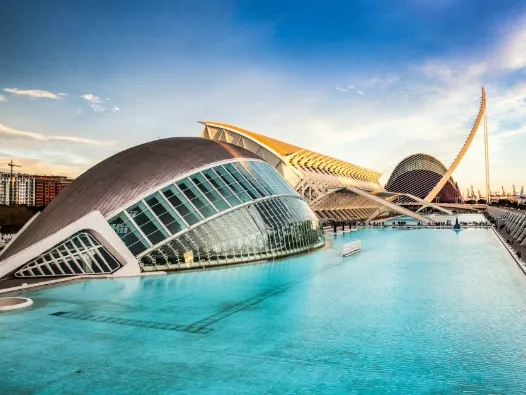
Global Influence: Calatrava’s Projects Beyond Valencia
Also in Spain, Calatrava designed the Bodegas Ysios Winery, which was named one of the most beautiful wineries in Spain.

The long undulating structure overlooks the Sierra de Cantabria mountain range.
Santiago’s global projects extend to the United States with several landmark projects.

In Florida, the Innovation, Science, and Technology Building at Florida Polytechnic University commands attention along Interstate 4 between Orlando and Tampa. The otherworldly structure comprises a steel trellis and an operable roof, with hydraulically activated brise-soleil louvers that adjust throughout the day to optimize natural light and reduce solar heat gain. The robotic louvers move like wings, shading the commons skylight of the great hall inside.
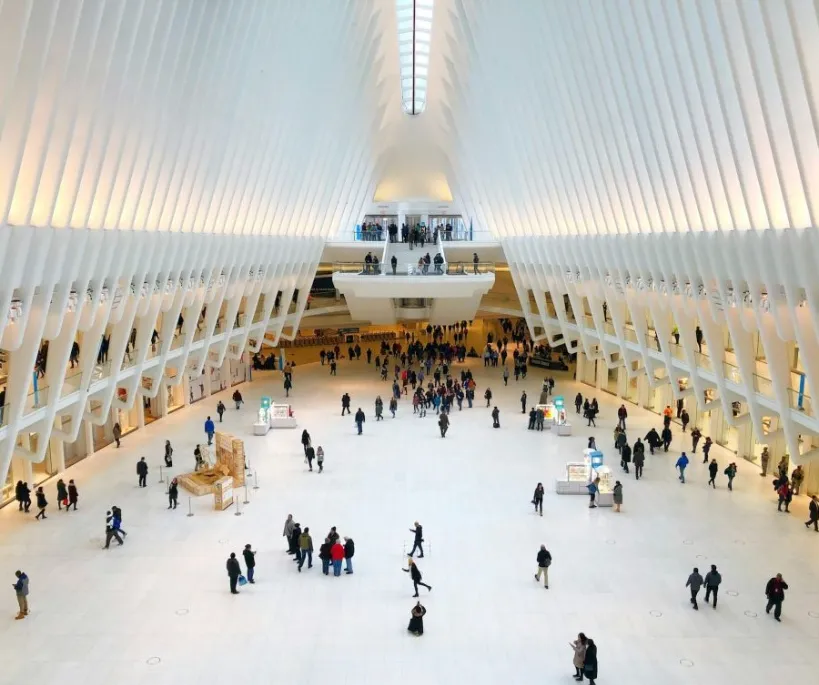
New York’s Ground Zero is home to two Calatrava structures: the Oculus station at the World Trade Center and the St. Nicholas Greek Orthodox Church and National Shrine. Both address the traditional Greek Orthodox liturgy near the World Trade Center memorial site.
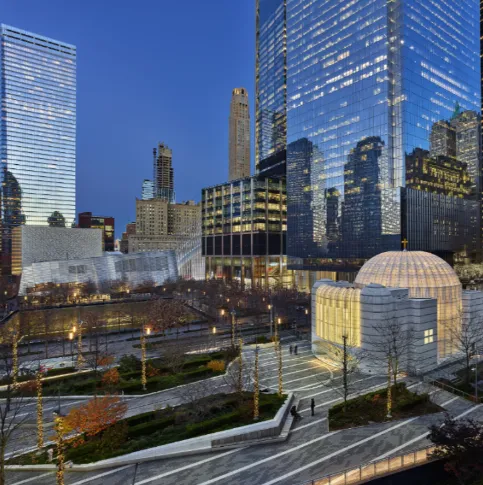
Santiago Calatrava’s first project in the United States was the 2001 completion of the Milwaukee Art Museum’s extension, which featured the architect’s signature moving roof: a bris-soleil with louvers that open and close like wings.
Around the world, Calatrave sculpts and shapes the skyline with projects such as The Expo City Dubai, located in the UAE Pavilion, built for Expo 2020, and the Turning Torso in Malmo, the world’s first twisting skyscraper.
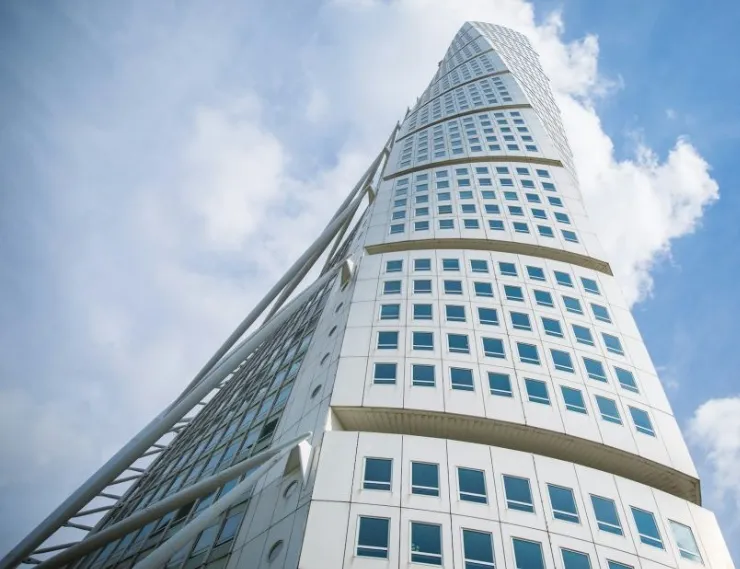
Calatrava designed the structure, drawing inspiration from his Twisting Torso sculpture of white marble. The skyscraper rotates 90 degrees as its height increases, sheathed in a steel exoskeleton, and stands 57 stories high.
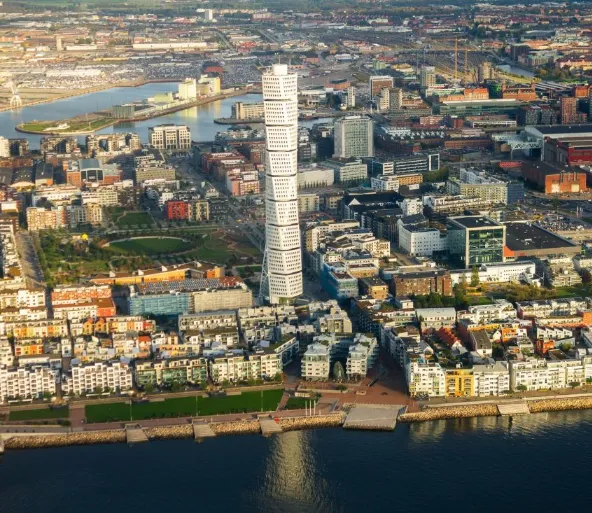
The Calatrava Effect Transforms Valencia’s Urban Landscape
My guide, Adrian Torres Astaburuaga, an architect and urban planner, says Valencia bet on Calatrava to usher in a new era for the city. “As Valencia was emerging from dark days of dictatorship in the 1980s, this idea of the Guggenheim Effect took hold and transformed industrial and blighted areas of the city,” explains Adrian. The result is the “Calatrava Effect,” which is evident in public buildings that convey Valencia’s personality and progressive mindset.
More Valencia Posts For You:










